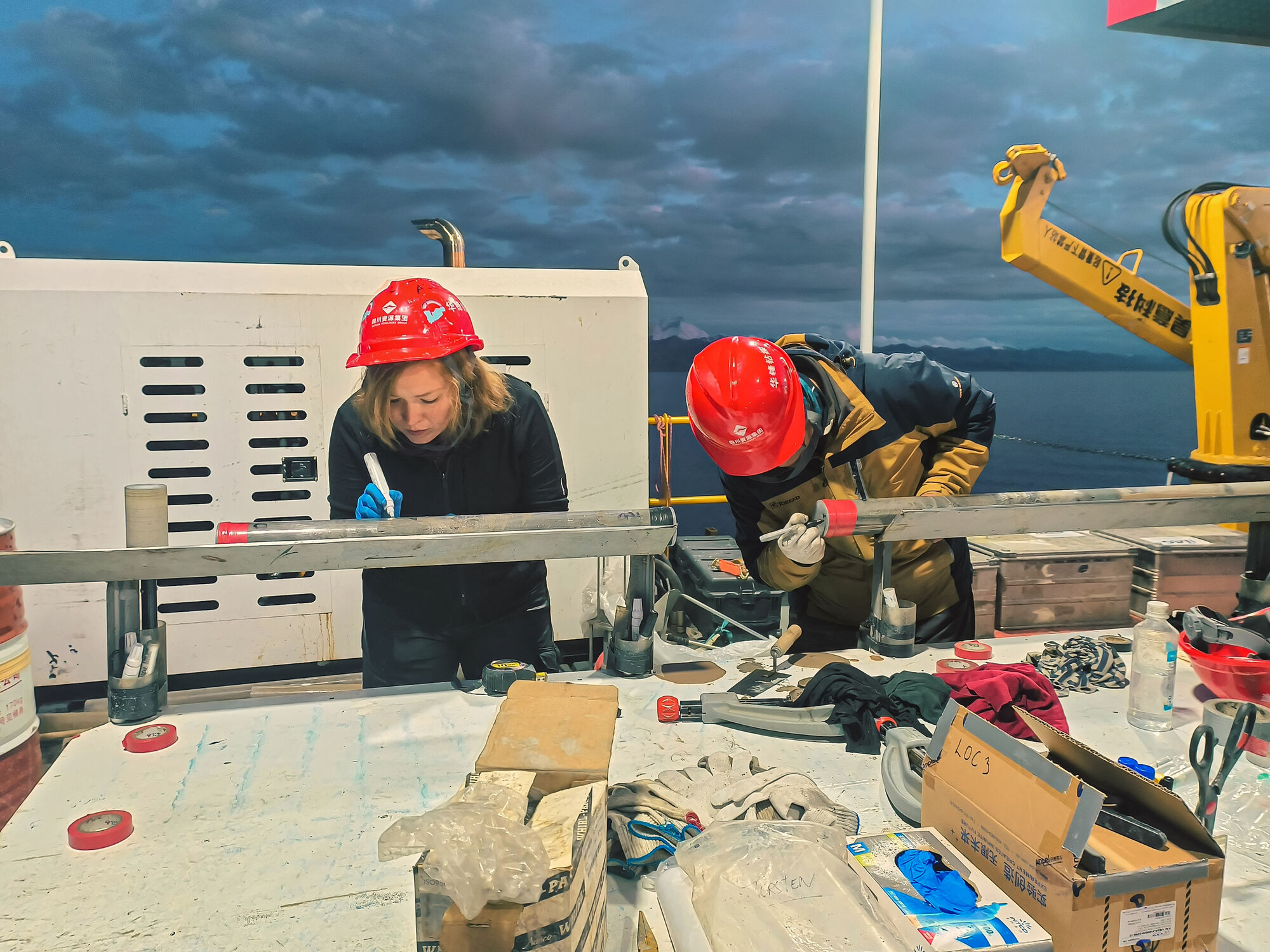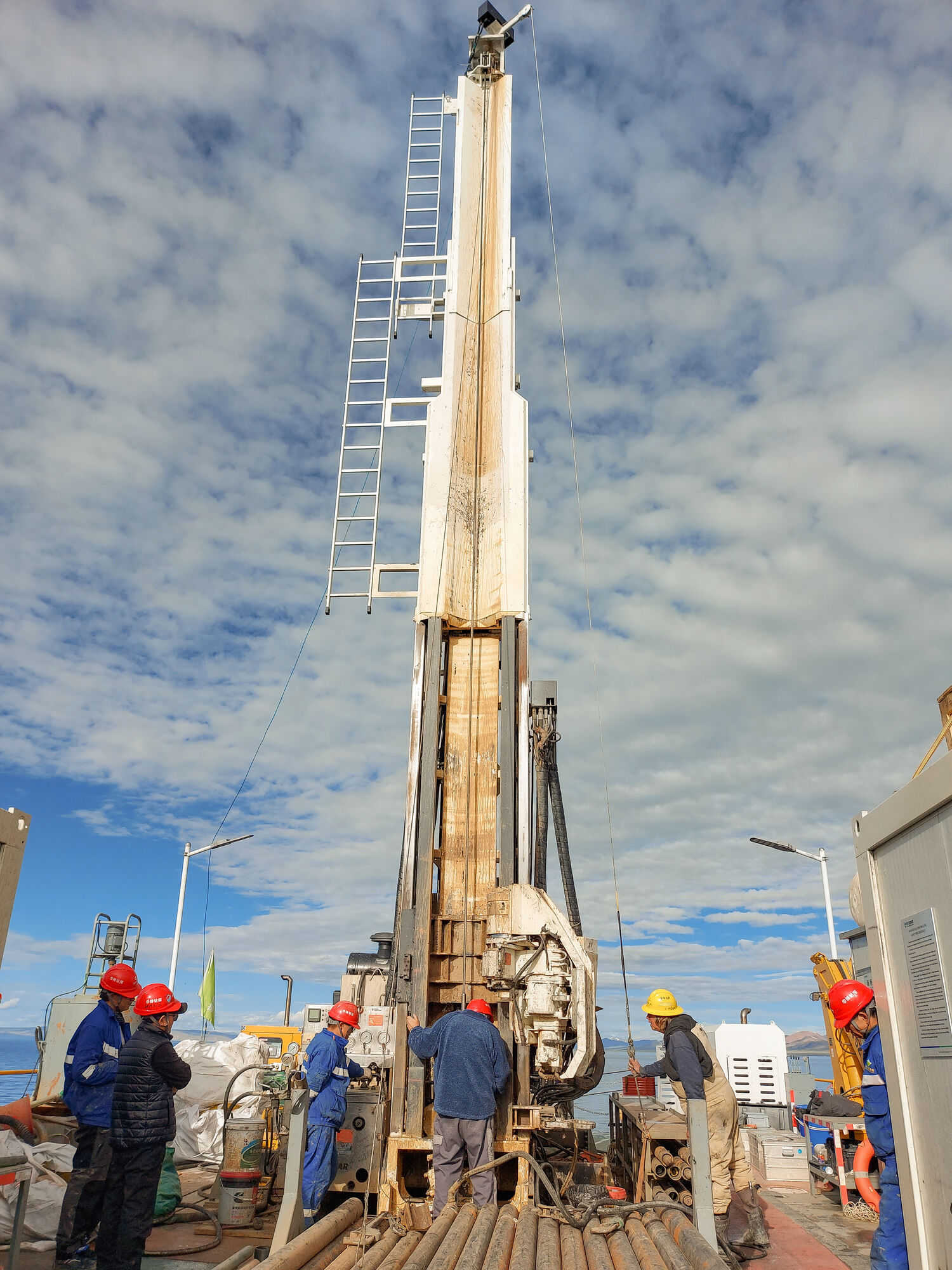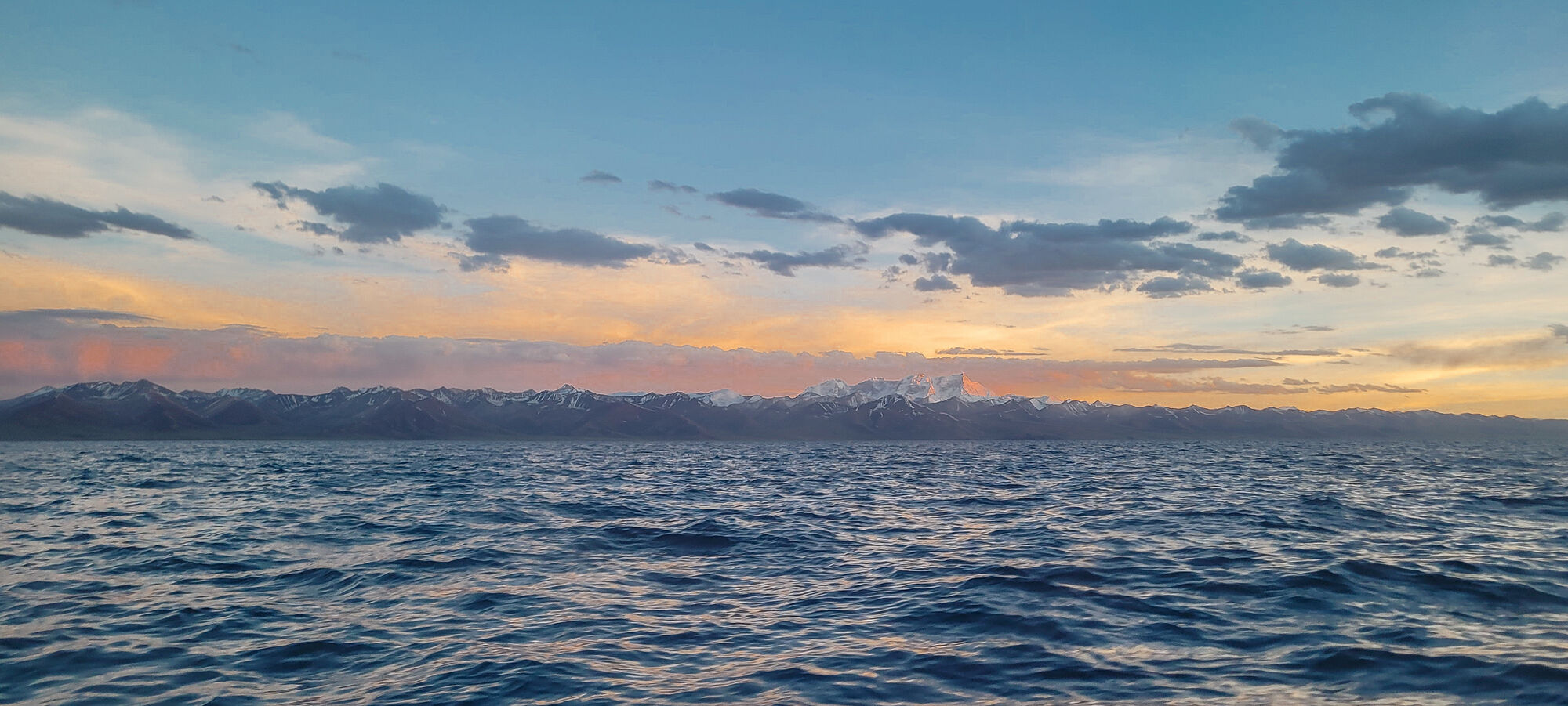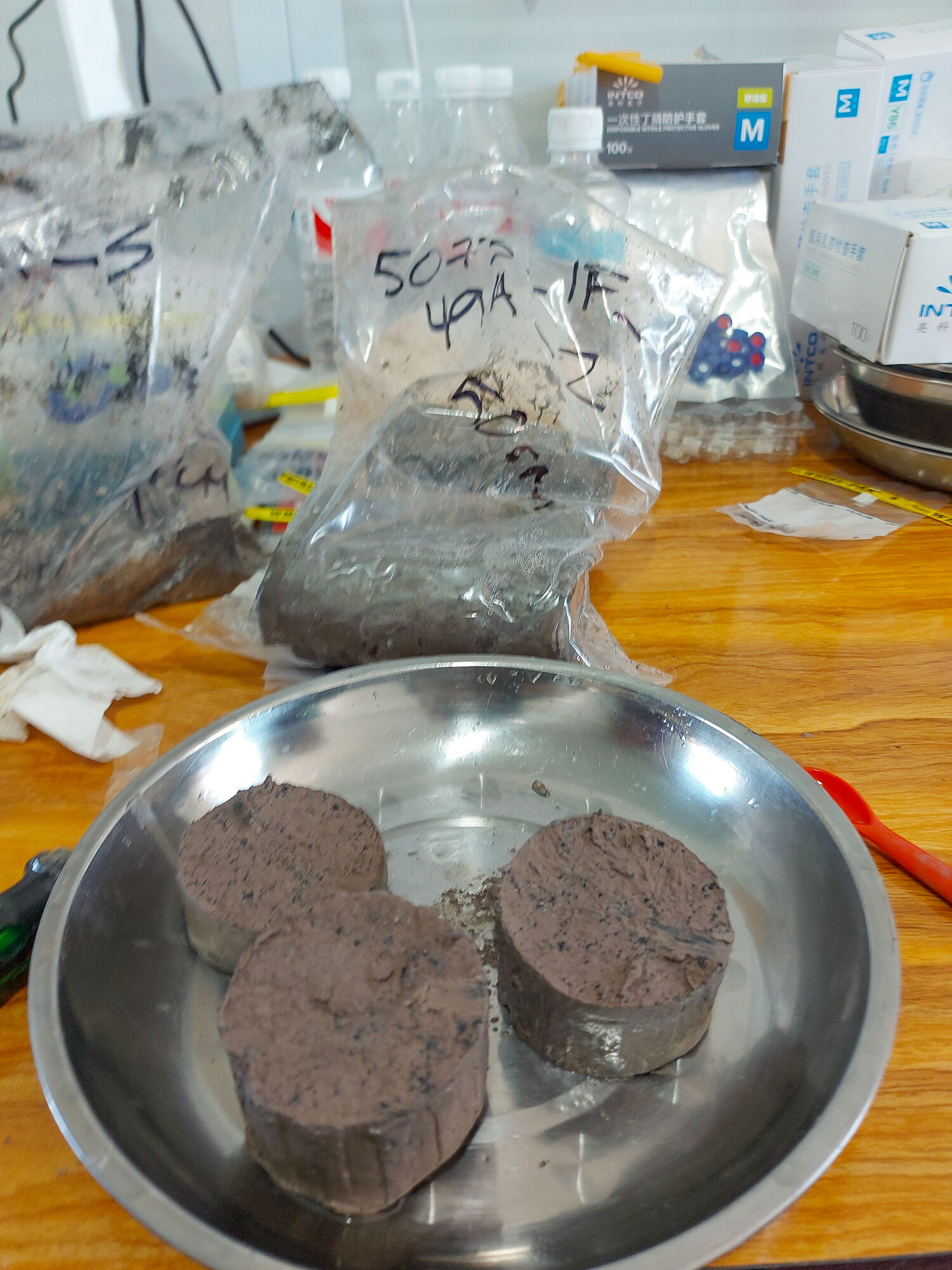Lake Namco, which is around 100 metres deep, lies at an altitude of 4718 metres above sea level on the Tibetan Plateau and is four times the size of Lake Constance. During a drilling campaign lasting almost two months, around 1400 metres of sediment cores were recovered from a floating drilling platform. These allow researchers to look back approximately one million years into Earth's history. In order to obtain such information, the sediment cores are divided into small slices, which are then analysed in the researchers' respective home laboratories - including in Greifswald.
The drilling itself mainly involved researchers from Germany, China, Switzerland and the UK. The scientists hope that their research will help to improve forecasts of the future climate. “Global climate change will have a major impact on Southeast Asia and therefore also on the people who live here. It is thus important to understand the climate of the past in order to make models about the future development of the climate more reliable. The sediment cores reveal which climate changes occurred in this region in the past, how quickly they took place and whether they led to changes in the ecosystems,” explains Prof. Dr. Torsten Haberzettl.
The project was and is being funded by a drilling grant of 1.5 million USD from the International Continental Scientific Drilling Program - ICDP. The ideal drilling points had been determined in advance on the basis of seismic investigations funded by the Deutsche Forschungsgemeinschaft (German Research Foundation, DFG). The project received further funds, known as matching funds, through third-party funding from national funding organisations such as the DFG, the Swiss National Science Foundation and the British funding organisation NERC. Additional contributions to the drilling costs amounting to a total of over three million dollars were provided by Chinese cooperation partners from the Institute of Tibetan Plateau Research (Chinese Academy of Sciences) in Beijing.
The other researchers from Greifswald who joined Prof. Dr. Torsten Haberzettl to collaborate on this project were micropalaeontologist Prof. Dr. Claudia Wrozyna, physical geographer Dr. Marie-Luise Adolph and student Wilhelmine Klamt.
Further information
Institute of Geography and Geology at the University of Greifswald [de]
Location of Lake Namco
Contact at the University of Greifswald
Prof. Dr. Torsten Haberzettl
Institute of Geography and Geology
Friedrich-Ludwig-Jahn-Straße 16, 17489 Greifswald
Tel.: +49 3834 420 4511
torsten.haberzettluni-greifswaldde




